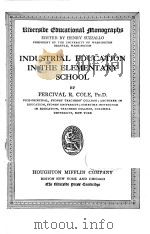《Teachers Guide To Music In The Elementary School》
| 作者 | 编者 |
|---|---|
| 出版 | California State Department Of Education Sacramento |
| 参考页数 | 149 |
| 出版时间 | 1963(求助前请核对) 目录预览 |
| ISBN号 | 无 — 求助条款 |
| PDF编号 | 812516718(仅供预览,未存储实际文件) |
| 求助格式 | 扫描PDF(若分多册发行,每次仅能受理1册) |
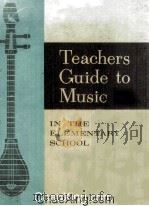
A MESSAGE TO THE TEACHER1
BASIC CONCEPTS2
The Creative Approach2
Music Listening2
Development of Skills and Music Reading2
Stimulation of Musical Growth2
Choice of Music3
The Unique Value of Music in the Curriculum3
Time Allotment3
A Balanced Program3
Music Throughout the School Day3
CALIFORNIA STATE SERIES:TEXTBOOKS IN MUSIC4
OTHER BOOKS AND RECORDED MUSIC USED IN THE EXAMPLES IN THIS GUIDE5
PART ONE:MUSIC EXPERIENCES7
KINDERGARTEN AND GRADES ONE AND TWO8
FIRST APPROACH-Beginning with Rhythmic Activity Natural to Children9
SECOND APPROACH-Beginning with Singing15
THIRD APPROACH-Beginning with Playing Instruments21
GRADES THREE AND FOUR27
FIRST APPROACH-Beginning with an Instrument28
SECOND APPROACH-Beginning with Listening to a Recorded Orchestral Composition31
THIRD APPROACH-Beginning with Singing35
FOURTH APPROACH-Beginning with Listening to a Recorded Orchestral Composition39
GRADES FIVE AND SIX43
FIRST APPROACH-Beginning with Singing44
SECOND APPROACH-Beginning with Listening49
THIRD APPROACH-Beginning with a Rhythmic Experience54
GRADES SEVEN AND EIGHT61
FIRST APPROACH-Beginning with Rhythmic Activities62
SECOND APPROACH-Beginning with Singing66
THIRD APPROACH-Beginning with Listening69
FOURTH APPROACH-Instrumental Experiences That Begin with Singing72
MULTIGRADED CLASSES77
FIRST APPROACH-Beginning with Singing78
SECOND APPROACH-Beginning with Listening to a Recorded Song81
THIRD APPROACH-Beginning with Listening to a Recorded Orchestral Composition82
FOURTH APPROACH-Beginning with Listening to a Recorded Orchestral Composition85
PART TWO:PRINCIPLES AND PROCEDURES87
PRINCIPLES AND PROCEDURES FOR SINGING ACTIVITIES88
Finding the Tonality of a Song88
Directing Singing89
Teaching a Song90
Developing Part Singing92
Guiding Vocal Development95
Dealing with the Changing Voice97
PRINCIPLES AND PROCEDURES FOR RHYTHMIC ACTIVITIES101
Types of Activity101
Rhythmic Development at Various Growth Levels102
Management of the Rhythmic Activities102
Variety in Procedures103
PRINCIPLES AND PROCEDURES FOR LISTENING ACTIVITIES107
Selecting the Materials107
Presenting Program Music with Obvious Descriptive Implications107
Presenting Program Music with Less Obvious Descriptive Implications109
Presenting Absolute Music110
Presenting Two Types of Listening Lessons112
PRINCIPLES AND PROCEDURES FOR INSTRUMENTAL ACTIVITIES117
The Rhythm Instruments117
Tuned Bell Instruments123
Flute-type Instruments125
The Autoharp127
Orchestral Instruments128
THE EVALUATION OF A PROGRAM IN MUSIC EDUCATION131
Evidence of Pupil Growth131
Appraisal of Teacher-Pupil Activities131
Appraisal of Teacher Activities132
Appraisal of Physical Activities132
Appraisal of the Use of School and Community Resources132
APPENDIX133
APPENDIX A.REPERTOIRE OF FAMILIAR SONGS FOR GROUP AND ASSEMBLY SINGING134
APPENDIX B.MUSICAL TERMS AND SYMBOLS137
Pitch:Staff,Clefs,and Leger Lines137
Tonal Relationships138
Chords140
Essentials in Rhythm142
Melody:Characteristics and Notation144
Other Musical Signs146
APPENDIX C.EQUIPMENT AND SUPPLIES FOR CLASSROOM AND SCHOOL USE147
Books147
Audio-visual Equipment and Materials147
Instruments148
Recordings149
Standard Classroom Supplies and Furnishings149
1963《Teachers Guide To Music In The Elementary School》由于是年代较久的资料都绝版了,几乎不可能购买到实物。如果大家为了学习确实需要,可向博主求助其电子版PDF文件(由 1963 California State Department Of Education Sacramento 出版的版本) 。对合法合规的求助,我会当即受理并将下载地址发送给你。
高度相关资料
-
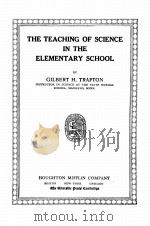
- THE TEACHING OF SCIENCE IN THE ELEMENTARY SCHOOL
- 1918 HOUGHTON MIFFLIN COMPANY
-
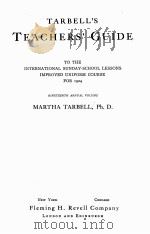
- TARBELL‘S TEACHERS‘ GUIDE TO THE INTERNATIONAL SUNDAY-SCHOOL LESSONS IMPROVED UNIFORM COURSE FOR 192
- 1923 FLEMING H.REVELL COMPANY
-
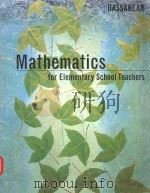
- MATHEMATICS FOR ELEMENTARY SCHOOL TEACHERS
- 1997 HOUGHTON MIFFLIN COMPANY
-
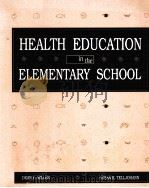
- HEALTH EDUCATION IN THE ELEMENTARY SCHOOL
- 1992 WM.C.BROWN PUBLISHERS
-
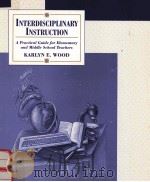
- INTERDISCIPLINARY INSTRUCTION:A PRACTICAL GUIDE FOR ELEMENTARY AND MIDDLE SCHOOL TEACHERS
- 1997 PRENTICE HALL
-
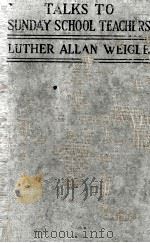
- TALKS TO SUNDAY-SCHOOL TEACHERS
- 1920 THE PILGRIM PRESS BOSTON CHICAGO
-
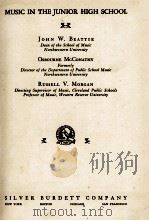
- MUSIC IN THE JUNIOR HIGH SCHOOL
- 1938 SILVER BURDETT COMPANY
-
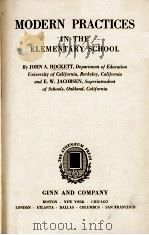
- MODERN PRACTICES IN THE ELEMENTARY SCHOOL
- 1938 GINN AND COMPANY
-
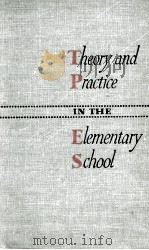
- THEORY AND PRACTICE IN THE ELEMENTARY SCHOOL
- 1948 NEW YORK . THE MACMILLAN COMPANY
-

- THE PRINCIPAL IN THE MODERN ELEMENTARY SCHOOL
- 1944 HOUGHTON MIFFLIN COMPANY
-
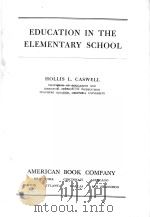
- EDUCATION IN THE ELEMENTARY SCHOOL
- 1942 AMERICAN BOOK COMPANY
-
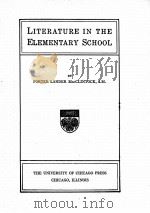
- LITERATURE IN THE ELEMENTARY SCHOOL
- 1922 THE UNIVERSITY OF CHICAGO PRESS
-
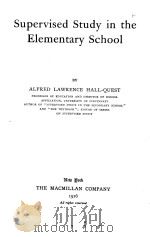
- SUPERVISED STUDY IN THE ELEMENTARY SCHOOL
- 1926 THE MACMILLAN COMPANY
-

- School Music Handbook A Guide for Teaching School Music
- 1923 C. C. Birchard & Company Boston
提示:百度云已更名为百度网盘(百度盘),天翼云盘、微盘下载地址……暂未提供。➥ PDF文字可复制化或转WORD
